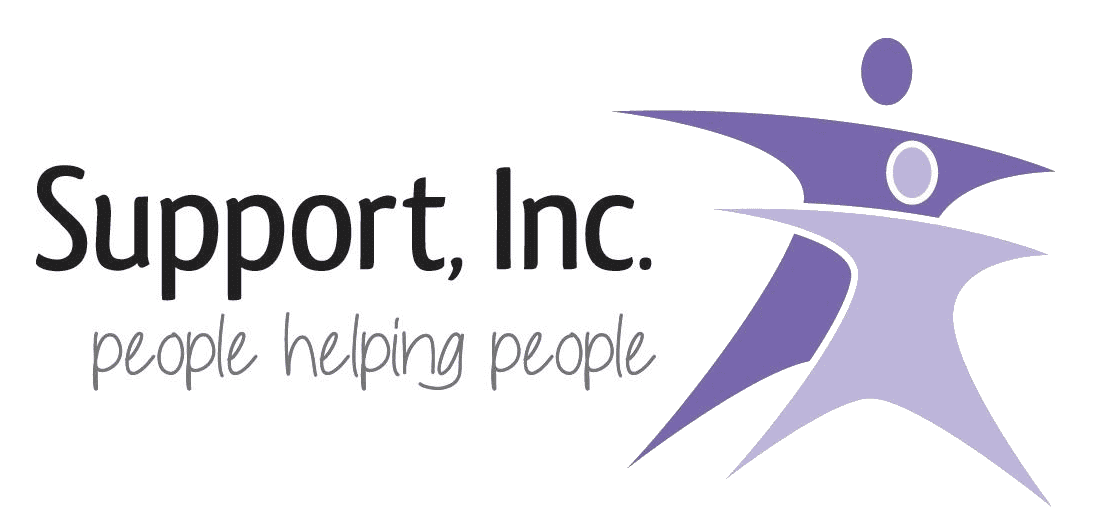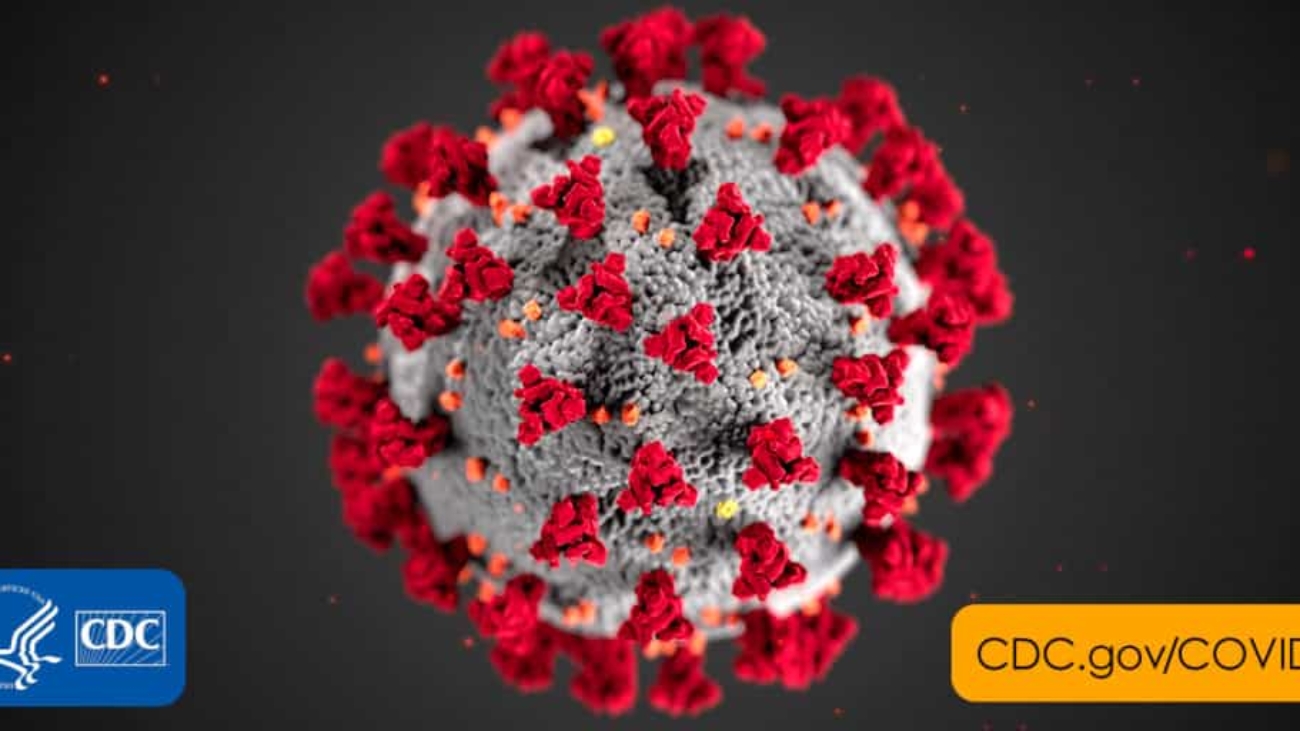The Support Inc Finance Team has gone through some changes since the last Newsletter!
Noelle Slocum has joined our team as a staff accountant! Noelle’s enthusiasm and commitment to customer service has shined through these past 7 months.

Chris Neese also joined the team quite recently as our new assistant controller. Chris is already making his mark at assessing processes and making improvements towards effectiveness and efficiency.

We wanted to take this opportunity to remind everyone that the best way to receive payment from us is to sign up for ACH (or direct deposit). Please email us at accountspayable@supportinc.com to request a form to complete.
As the Tax Season is under way, below are some links to information related to Difficulty of Care Payments for Host Home Providers and Family Caregivers. These can be shared with your favorite tax accountant. I have also attached a memo here that provides more clarification. This information does not constitute legal or tax advice. Persons needing such advice should consult the appropriate professional.
https://www.irs.gov/individuals/certain-medicaid-waiver-payments-may-be-excludable-from-income
https://www.irs.gov/irb/2014-04_IRB#NOT-2014-7
Also, employees are reminded that should they need to make changes to their tax withholding election, address or direct deposit information they can do so directly in ADP workforce now or through the self-service app.
We also wanted to remind everyone that if you or a friend have interest in becoming a Host Home Provider or joining the Support, Inc. Team, you can follow this link: https://supportincjobs.applytojob.com/apply to complete an application.
IN THE SPIRIT OF GRATITUDE AND SHARING
We would like to thank all providers that continue to be diligent about submitting receipts that document the personal needs expenditures of their individuals in services. This is very important as we are required to maintain these records up to date.
As some of you may know, receipts can be submitted as pictures or PDF format. Some providers have discovered that the most efficient way to submit receipts is to use the Adobe Scan application. This application allows you to take pictures of receipts and convert them into a PDF document. Here is a link to information about the app, if you would like to research it before downloading:
Apple: https://apps.apple.com/us/app/adobe-scan-pdf-scanner-ocr/id1199564834
Android: https://play.google.com/store/apps/details?id=com.adobe.scan.android&hl=en_US&gl=US
Lastly, don’t forget that our Day Services program provides varied experiences and connections that allow for the development and fulfillment of important life’s skills which become food for the spirit and the soul.













